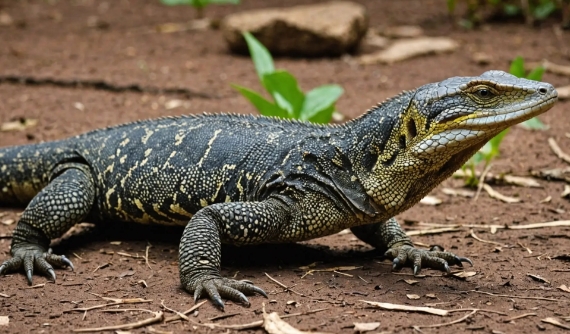Monitor lizards, known for their impressive size and keen hunting abilities, have a diverse diet that consists of a variety of foods in order to meet their nutritional needs.
1. Carnivorous Hunters
Monitor lizards are carnivorous predators that primarily feed on live prey in the wild. Their diet includes insects, small mammals, birds, eggs, fish, and even other reptiles.
2. Insects and Small Animals
Young monitor lizards typically feed on insects such as crickets, locusts, and mealworms. As they grow older and larger, they start to target small animals like mice, rats, and birds.
3. Opportunistic Feeders
Monitor lizards are opportunistic feeders, meaning they will eat almost anything that they can catch and overpower. This includes scavenging on carrion and hunting for prey in various habitats.
4. Varied Diet
In addition to their meat-based diet, monitor lizards also consume fruits and vegetables for added nutrients. Fruits like berries and melons provide vitamins and minerals, while vegetables like leafy greens and squash offer fiber and hydration.
5. Feeding in Captivity
For monitor lizards kept in captivity, their diet should be carefully monitored and balanced to ensure they are receiving the proper nutrition. This may include a combination of live prey, commercial diets, and fresh fruits and vegetables.
Understanding the diet of monitor lizards is essential for their overall health and well-being. By providing them with a diverse range of foods, they can thrive and exhibit their natural hunting behaviors in captivity. Remember to consult with a veterinarian or reptile specialist for guidance on creating a suitable diet for your monitor lizard.

